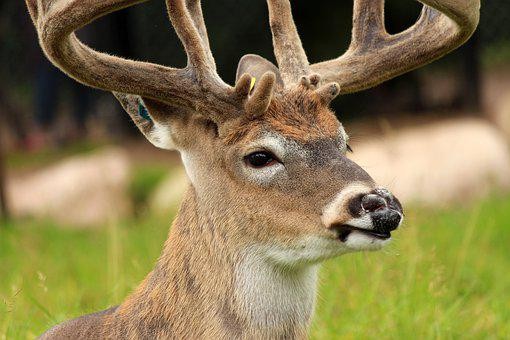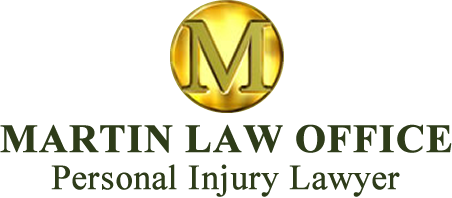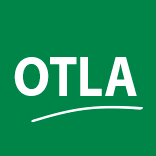ANIMAL CROSSING

Everyone in this neck of the woods knows deer strikes are just part of life. Everyone has hit a deer. Everyone has had a deer run out in front of the car. Everyone has had a near miss. It's an accident. It just happens. It's an act of God. It's an inevitable accident, right? Wrong.
When deer and wildlife take us by surprise, we drivers always have the last clear chance to avoid a deadly crash. And when you are a passenger, you are completely dependent on your driver to operate that vehicle responsibly and with care and attention. Your driver holds your life in his hands. He is responsible for your safety. And when deer strikes happen, he is responsible for your injuries and pain. Don't blame the deer. Blame the driver.
Why does the buck stop with the driver? Let's count the ways:
- Speed: All must drive in control and be able to make an emergency stop in safety. This means obeying the speed limits and driving for the conditions. Speed limits are posted for a reason. And in rural and forested regions, limits are there to protect drivers, their passengers and our wildlife. When we speed, we lose our ability to brake in safety and in control. Speed kills. It kills drivers, passengers and animals;
- Distracted Driving: When our eyes are on our phone, complicated infotainment screens, screaming kids or playful pets, they aren't on the road. When a deer leaps out in front of our car, we need every second available to stop in safety. We lose those precious seconds when we aren't watching out for what's right in front of us;
- Scout Ahead: Scan the open road and anticipate where your vehicle will be in the seconds ahead. See a rock cut up ahead? Scan for movement. See a forest access road, cottage drive or rural gravel road up ahead? Slow down and watch for wildlife. Deer, moose and critters will take the path of least resistance. They have runs or regular paths that cross our highways. They are creatures of habit. Anticipate where they may be and where they may cross your path;
- Signs: Many deer crossing signs are posted on our highways. Keep a watch for those yellow signs. Slow down and be aware. Those signs save lives when drivers pay attention and respect;
- Ask Locals: When you stop for gas or a bite to eat, ask the attendant in the station or your server about deer and moose in the area. Locals know and will help. Locals know how deadly animal strikes can be. They wouldn't wish that on anyone. You wouldn't go for a swim in the ocean without first asking others on the beach about undertow and what lies beneath. Why would you drive into our woods without asking what's out there? This is particularly true when your drive places you in or near our provincial or national parks. Know that large animals call our forests home and are on the roads. Know that flies force deer and moose onto the bare shoulder of the highways where they can catch a breeze and a break from their torment. Know that deer run together and when you see one, there are sure to be another two or three right behind. When you slow for deer get your flashers on and be aware of cars traveling behind you. Know that traces of road salt left from winter salting attracts deer and moose to that road. Know that elk were introduced years ago to Central East Ontario and add to the large animal population. Know that hitting a moose head on with your vehicle will break its legs and throw the dead weight of that huge animal through your windshield and into your face and lap. You may not survive it. The moose won't. You may not have cell service to call for help. You may not be able to use or raise your hands to dial that phone. You will be at the mercy of the next driver who passes your wreck. Local EMS, police and park wardens wish you knew what they know and what they've cleaned up. It's that simple. And that graphic; and
- Seatbelts: Save lives. A violent collision with a large animal, or a high speed attempt to swerve that rolls you into the ditch or trees, will launch unbelted driver, passengers and pets through windshields. It is the driver's responsibility to insist that every passenger in his car buckles up and every child is appropriately strapped in a car seat. It is the driver's responsibility to ensure that every passenger arrives alive.
Our summer roads are our deadliest roads. The danger continues well beyond the city limits of our busy four laners and highways. Country roads look quiet. Our forest roads and highways look sleepy and peaceful. They aren't. Don't be fooled.
Deer strikes are not just accidents. The buck always stops with us drivers. Drivers make the mistakes not the animals. Drivers have the last clear chance to avoid a collision. If you were a passenger in a car that hit a deer or moose and you've been seriously injured, don't just write it off to bad luck. Call your experienced local community injury lawyer and be in the know. This local lawyer was born and raised in rural Ontario and knows the danger is real.
Martin Law always provides a Free Consultation. Find out where you stand.
Oh Deer

